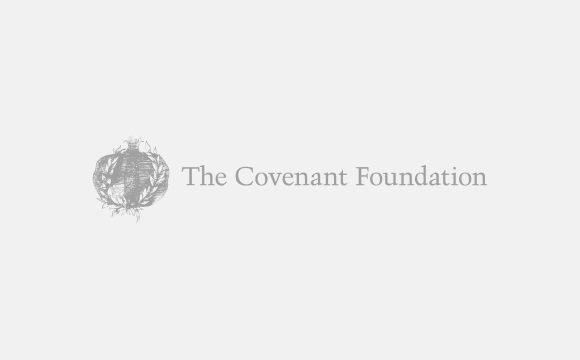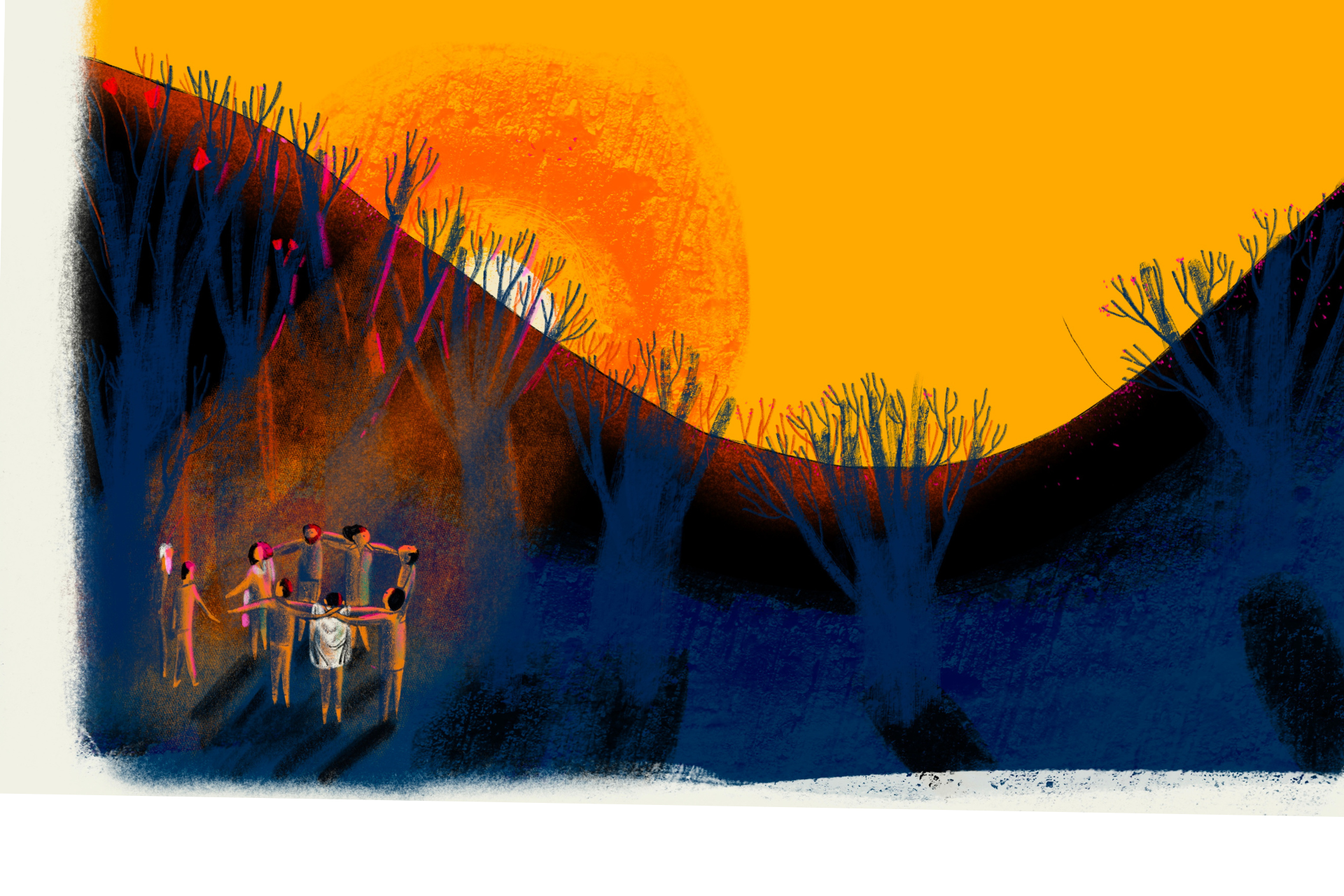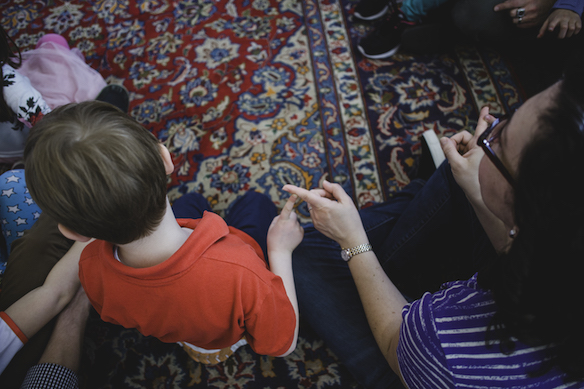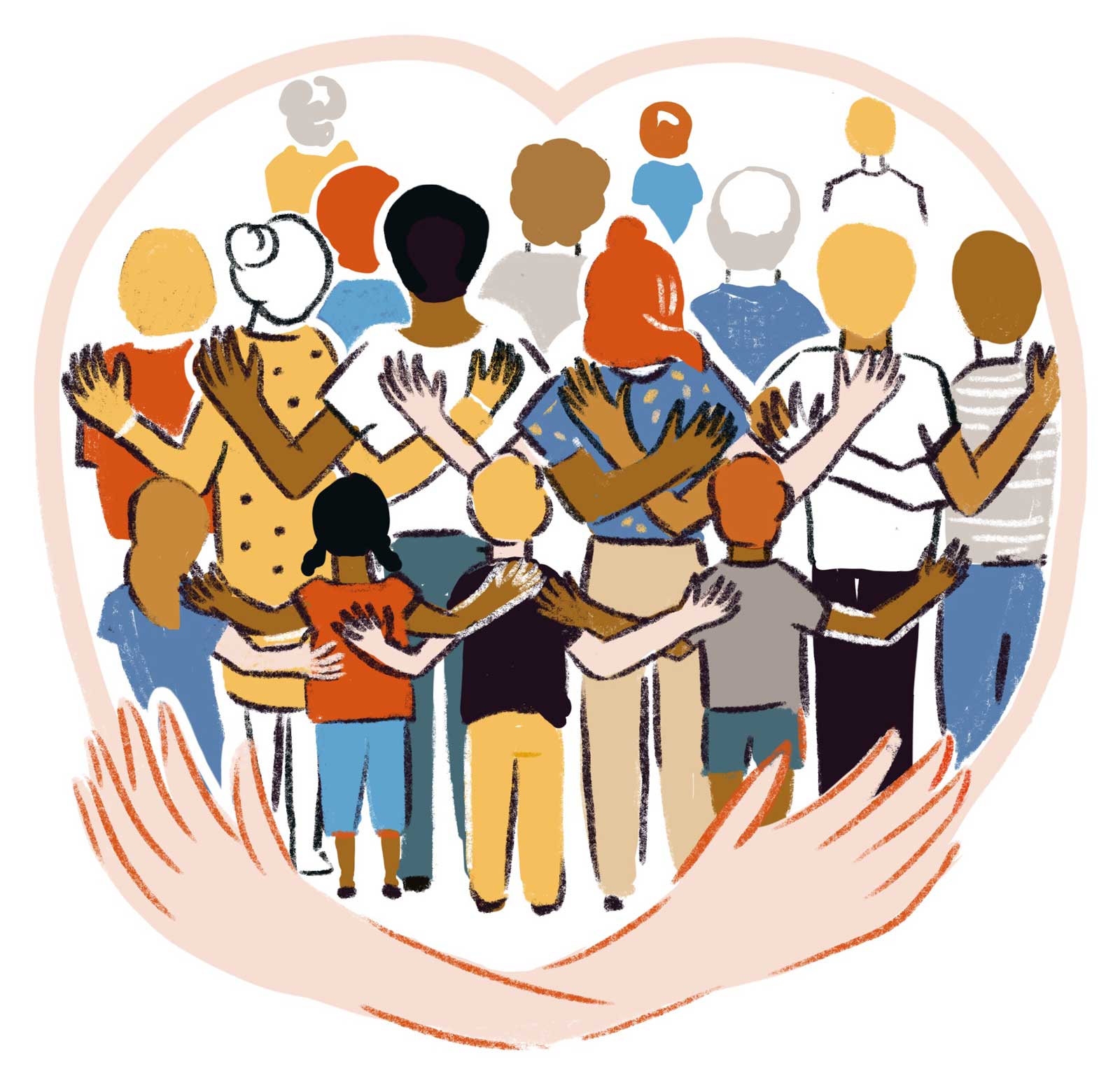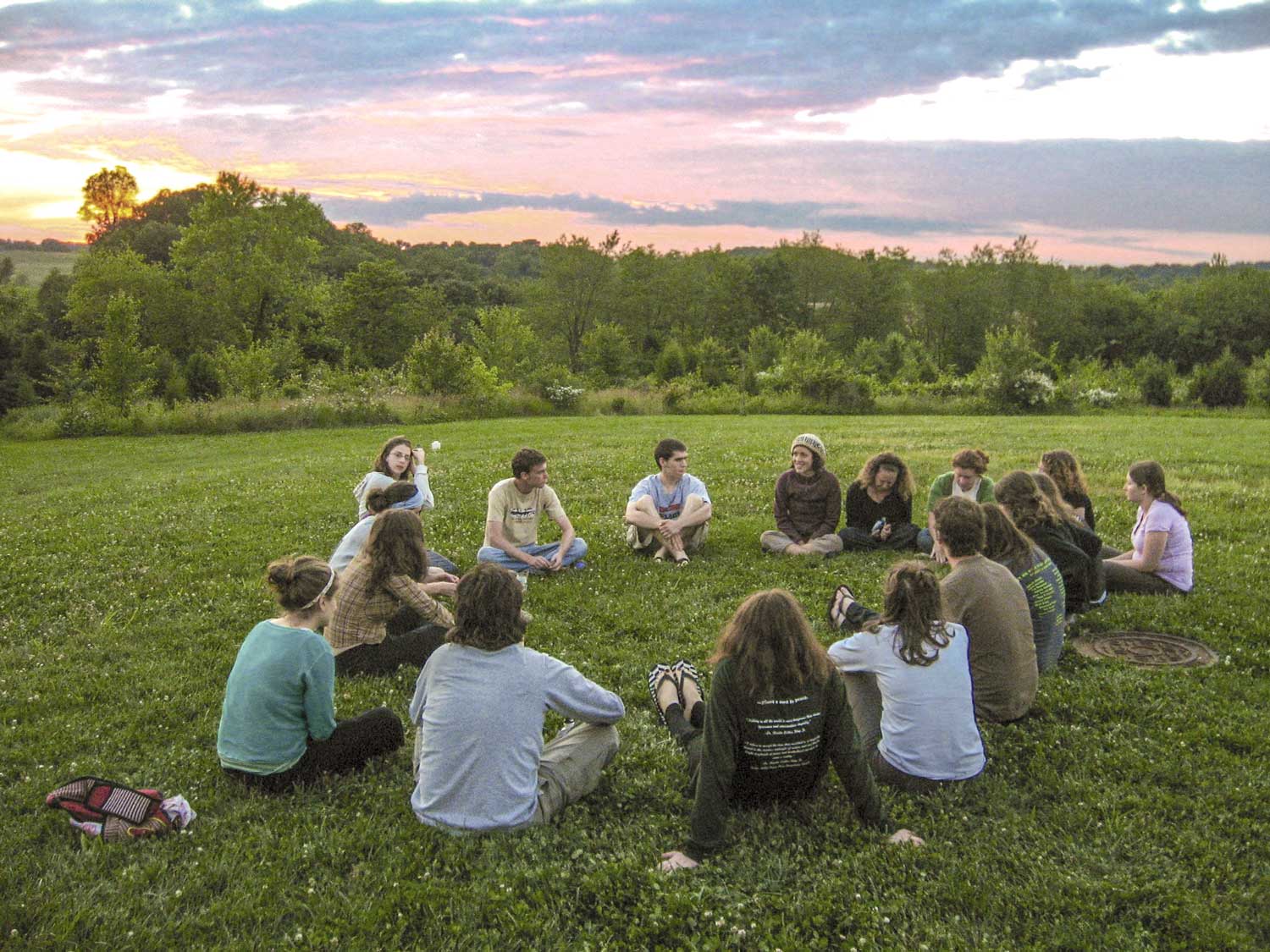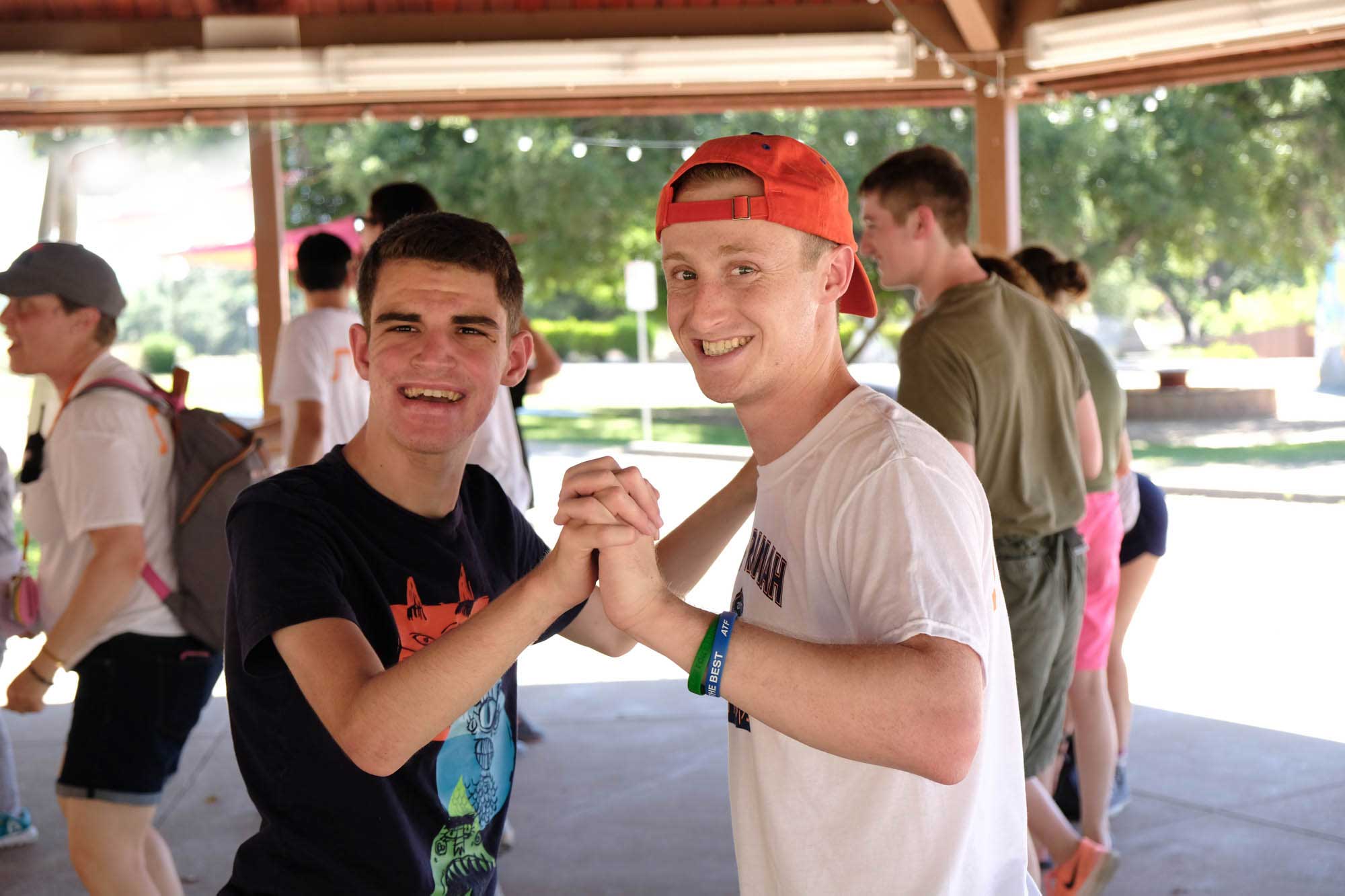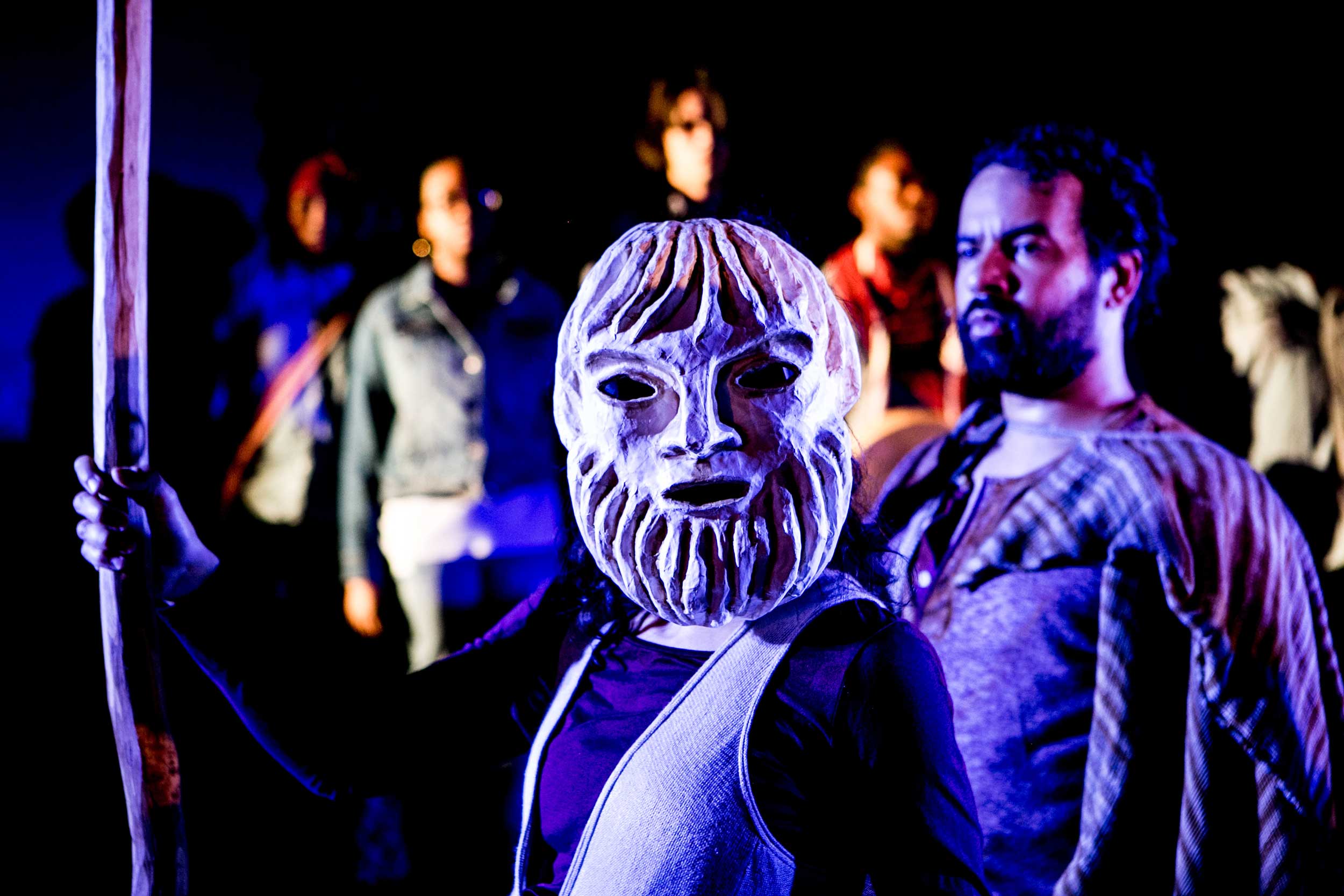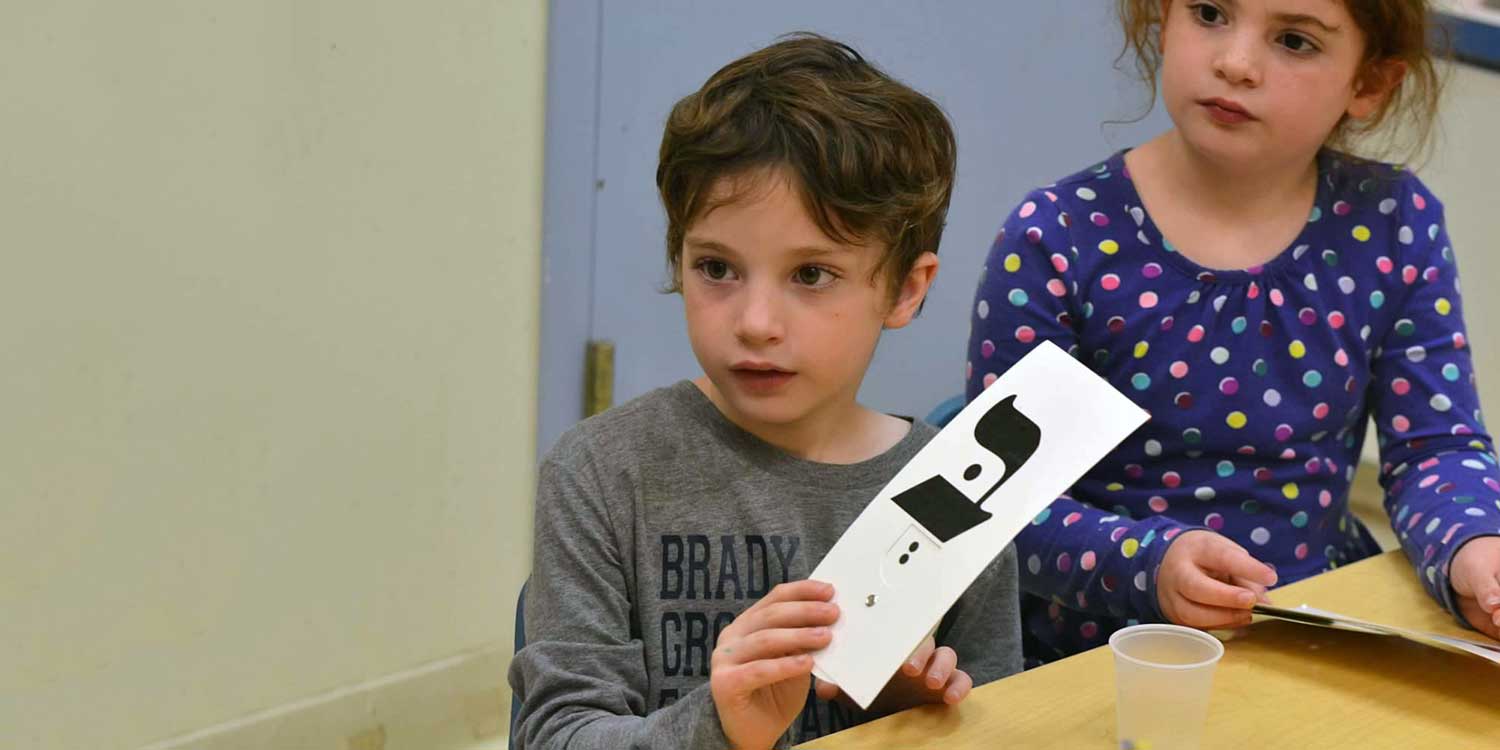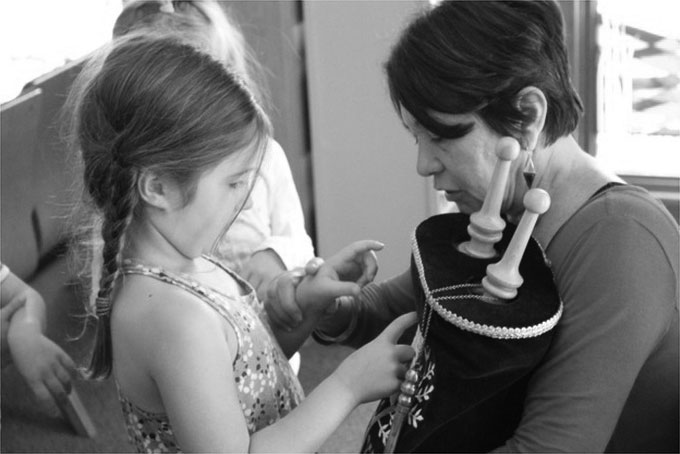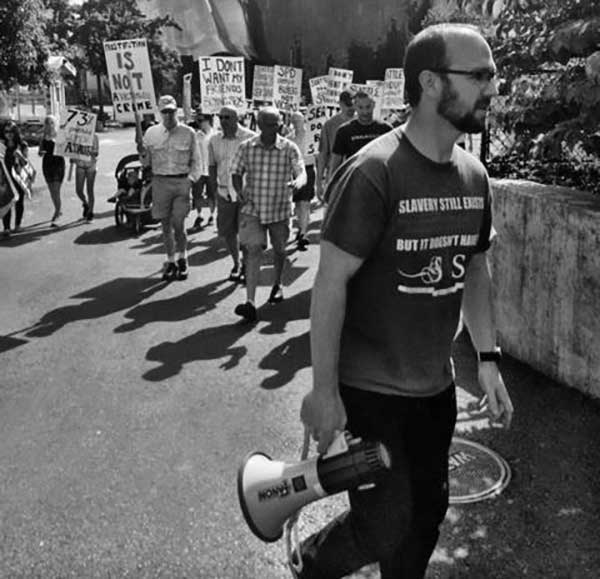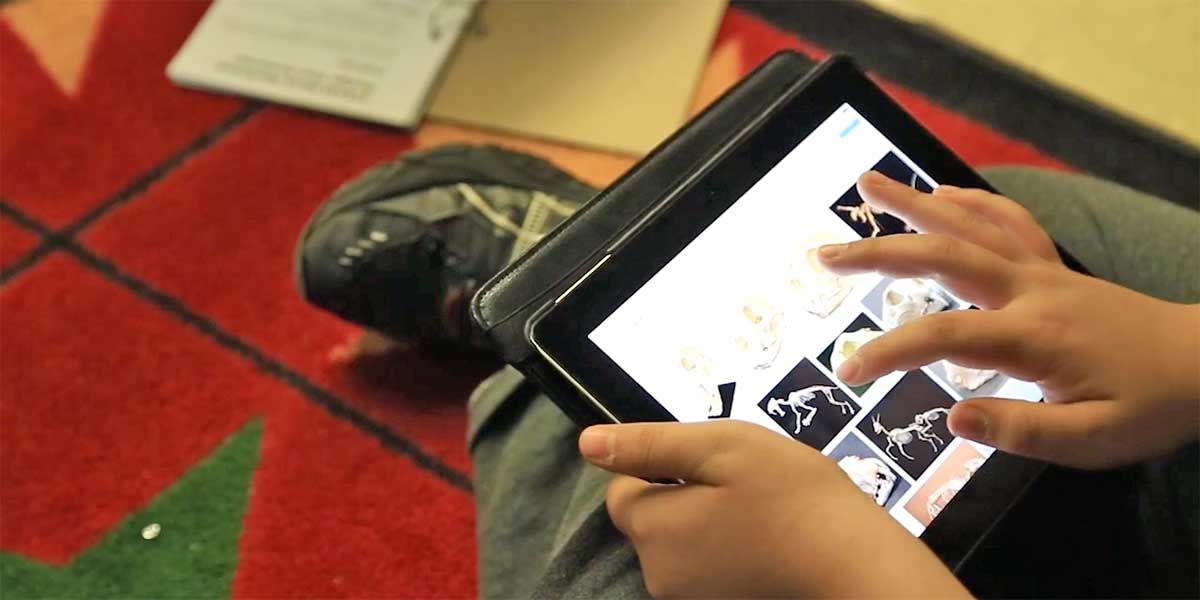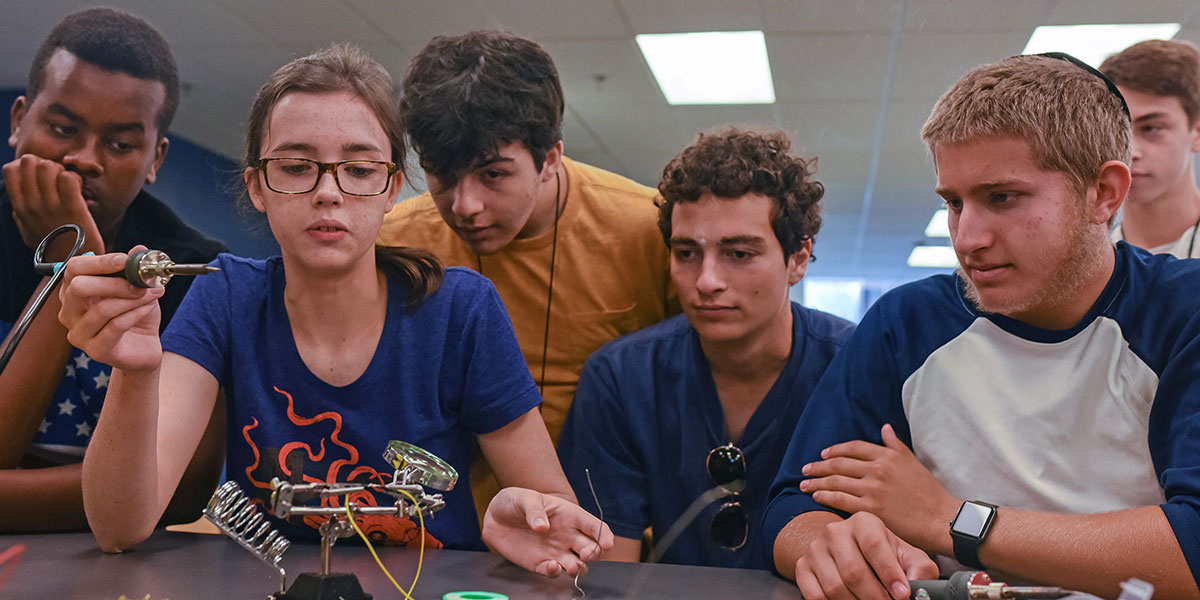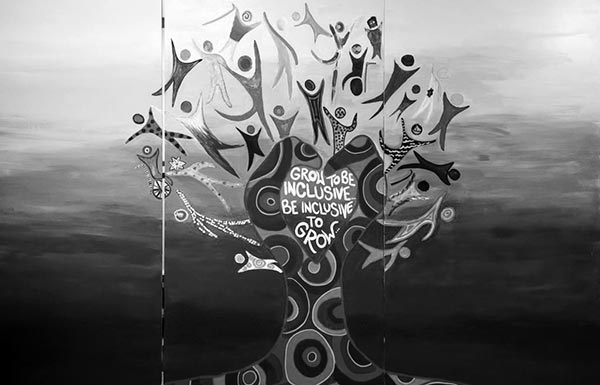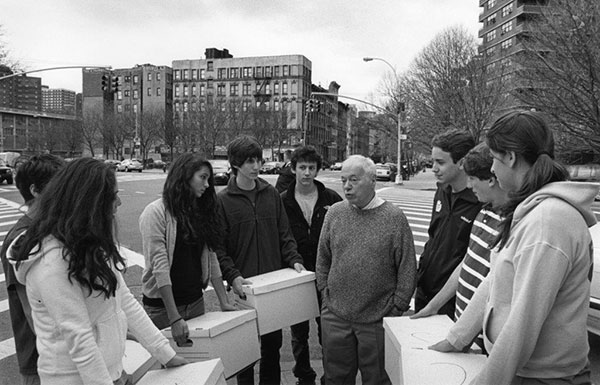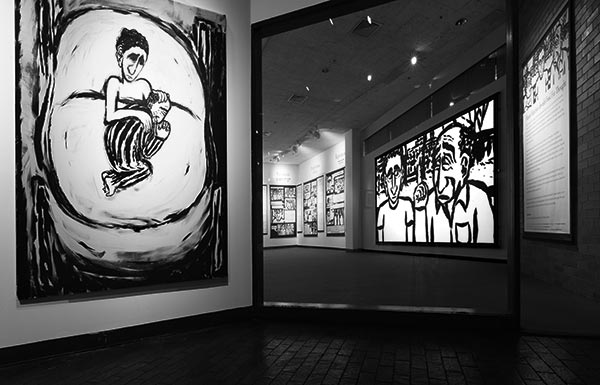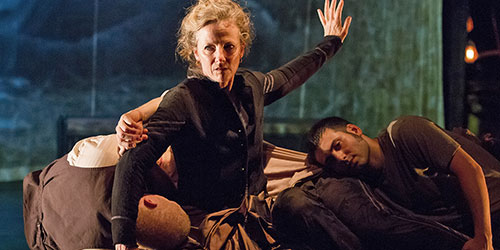
ARTICLEAn Artist Tackles Life, Loss and What Comes Next: Liz Lerman’s “Healing Wars” Opens in Washington, DC
What makes a piece of art “Jewish”?
Must it consider a subject with an explicitly Jewish theme? Does it have to be about Israel, or the Holocaust, or bear a Jewish symbol, or reference some other idea with great cultural cache? Must the work of art deal in bar mitzvahs and bagels and the Torah or a Jewish text to hold within it the essence of Judaism? Or can an artist and a participant learn something, improve upon something, contribute something to a rich cultural and religious Jewish life by focusing not on what makes us different, but rather, by the close examination of where the edges of one idea bleed into another?
Liz Lerman, a world-renowned choreographer, activist, educator, founder of the Liz Lerman Dance Exchange and a Covenant Foundation grantee, has been thinking about these “porous borders” as she debuts her latest creation, the theatrical dance production “Healing Wars” which opened at the Arena Stage in Washington, DC in June 2014.
“We recognize a piece as being Jewish if its about something Jewish—like the shtetl, or anything we [as a community] have come to decide is a Jewish subject matter,” Lerman said, when asked if her latest work might fall under the rubric of ‘new Jewish text.’ “But lets start with the most essential premise: I’m Jewish. Therefore, anything I do is Jewish too. If I’ve made that piece, then it has to be Jewish.”
“We need to get ourselves out of the “box,” she says. “I have been at various times in the Jewish box, the modern dance box, the post-modern box, the female box, the middle aged female box and soon to be the old-female-white-girl box…I am all those things.”
The same might be said of Lerman’s “Healing Wars.” To call it a dance performance is reductive, and ignores the visuals, the music, the drama, the cinema and the spoken word of the piece. Rather, “Wars” refuses to be defined solely as one thing. At the beginning, in a backstage pre-show, audience members wander through a “living gallery” of portraits—one performer portrays Clara Barton, founder of the American Red Cross and a volunteer nurse in the Civil War, as she sorts through letters to soldiers. Another “portrait” shows a soldier suffering from what today would be defined as PTSD. He sits in a rocking chair, locked in an attic, as black and white images of violence are projected onto his head via an old-fashioned reel. As audience members wind around the gallery they end up on the stage, where they encounter the actor Bill Pullman, emcee of the performance, in conversation with Paul Hurley, a war veteran and an amputee, who also dances in the show. Pullman and Hurley are engaged in a conversation about Hurley’s service in the U.S. Navy and the attack in Bahrain where he lost his leg.
One witnesses all of this before the dance portion of the performance has even begun. From the moment audience members enter the theater, they are pulled out of their lives and confronted with the “unrest,” as Lerman puts it, that forces one to consider, evaluate, and hopefully, leave the theater perhaps a bit more impassioned to act toward change.
While the content of “Healing Wars” is not explicitly Jewish, the ideas and motives of the piece most certainly are. Part of the Civil War project, which commemorates the 150th Anniversary of the Civil War, “Healing Wars” considers the experiences of the healers who treated both the physical and emotional wounds of those in battle. Here, as audience members watch dancers and actors portray both the wounded and those who heal them, one can’t help but meditate on ideas of loyalty, compassion, struggle, and resiliency. These are all Jewish ideals. These are all Jewish values.
Then there are the interrelated concepts of loss and death, central to this performance, widely explored and addressed within the laws and customs of Judaism, and ever present in our daily news feed. One can’t help but see “Healing Wars” through the prism of the international conflicts of today, and not just in Iraq and Afghanistan, as the performance directly addresses. For as the initial run of “Healing Wars” closed in DC, the political situation in Israel rapidly destabilized. Children in Israel and in Gaza cowered in bomb shelters as sirens blared, just as Lerman’s dancers cowered on the stage under the thunder of staccato drum beats.
“The wars are different but the functions don’t change,” Lerman asserted. “A soldier is a soldier and a mother who loses her son is the same as any mother who has ever lost a son in battle. I see “Healing Wars” as an effort to bring the civilian community to its senses about what its like to be at war for this long,” she offers, upon considering the effects of the performance. “I think we’ve numbed ourselves to the fact that it’s happening.”
There’s also the question of what happens after; after war, after death, after the shooting stops and there’s an eerie calm on the battlefield. To begin to try and answer this, Lerman created two characters that represent spirits—one, portrayed by Samantha Speis, is tasked with helping soldiers die and escorting them to “the other side.” This spirit is tired, she’s restless, but she’s also ever-present, on stage in most scenes, gently coaxing the dying toward death.
And then there’s the character portrayed by Keith A. Thompson. He is a wanderer, a former slave. Audience members watch him flit lightly on his toes, floating above the rest, his presence almost ethereal.Lerman explains that in her research she learned that freed slaves often buried the dead in an effort to earn money during the Civil War.
“I see him as Elijah,” Lerman confides, when asked about Thompson’s character. According to the rabbis of Talmudic times, Elijah was a prophet who escorted souls to heaven or hell, and the only hero from the bible who never dies, but rather, leaves the world on a fiery chariot, destined to return when the messiah comes. Some might also see Thompson’s character as a one-man chevrah kadisha, aided by the female spirit, who is perhaps a re-invisioned shechinah.
The multiplicities in Lerman’s work cross the boundaries we routinely erect around social status, religion, race, ethnicity, gender and age. Instead, audience members are free to ponder interconnected ideas, which is precisely as the artist intended.
“Inquiry, questioning, searching for truth, these are pursuits that are shared—by scientists, artists, rabbis—even if we go about it differently, we’re all on that same quest,” Lerman says, though she notes that she feels a certain pride in how Judaism is set up to encourage such questioning. “What [Jews] have to offer is that we’ve thought about and written about moral questioning. Yes, this inquiry may be true of all people, but Judaism has multiple systems within our books to come upon the problem again. Are we being compassionate enough? Are we taking care of each other, enough?”
Lerman wants the art to change you, and its impossible to leave a performance of “Healing Wars” without feeling even a little bit changed. Whether its watching Paul Hurley gently slide his prosthetic limb under a bench and give his full weight to Keith Thompson in a beautiful duet dance, or listening to Bill Pullman argue with the spirit about who shall live and who shall die, or watching footage of American soldiers in Iraq as they stare death in the face and release tension by dancing to a Lady Gaga song. The sights and sounds of this work shake the audience out of complacency.
“I’m interested in people’s potential to create meaning out of their own lives and out of the world around them,” Lerman says. “I’m interested in understanding the way in which one’s own knowledge can be revealed to them through art and how one might emerge from that experience renewed, reconnected, or willing to do something…to realize they have some power in themselves.”
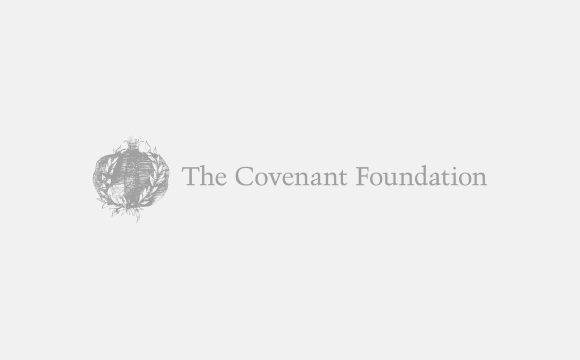
Israel Folkdance Festival to Honor ’01 Covenant Award Recipient Lorraine Posner Arcus
997

An Abundance of Art and Learning: The Shefa School Welcomes First Students this Fall
996
